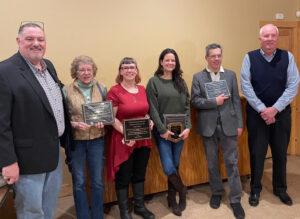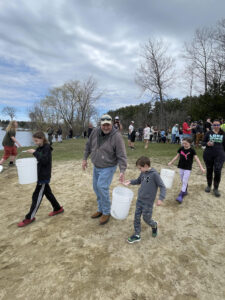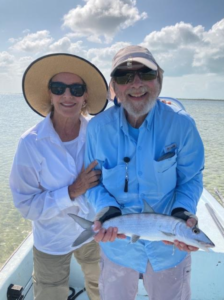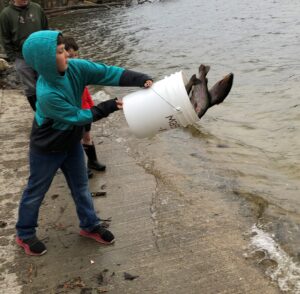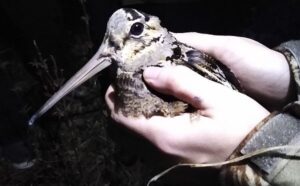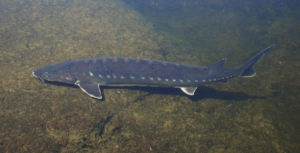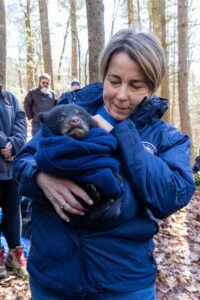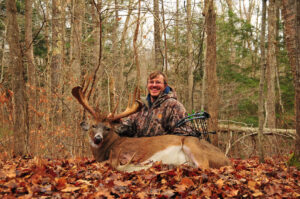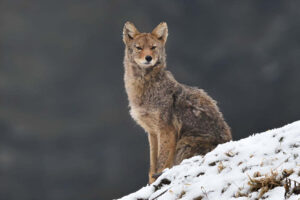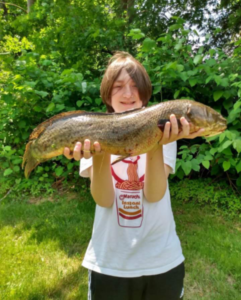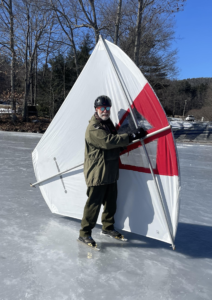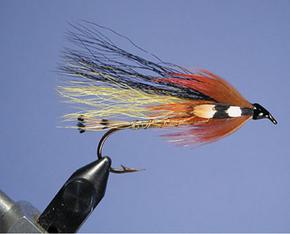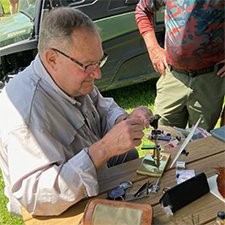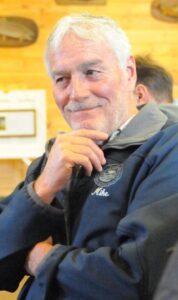Last weekend the Berkshire Beagle Club held its Small Pack Option (SPO) Licensed spring field trials. According to Club spokesman Jeffrey St John, they had 97 entries for the weekend. The popularity of the beagle club’s field trials is self-evident. Just look at the distances from whence the winning dog owners came.
“The air was filled with sounds of beagles on the chase all weekend,” said St John, “Judges were busy as they worked to come up with the winners”.
Chris Wilser, Trial Chairperson received many compliments from judges and the gallery on the condition of the grounds, participation from the members and the venue at the club house. Nice compliments when one considers the condition of the 86-acre grounds just a couple of weeks earlier. Wind damage brought down trees all over the grounds which in turn brought down fences (including electric fences) which keep the bunnies on the property. On property rabbit breeding pen fencing also sustained damages. Club members volunteered many days of hard work repairing the damage in order to have the grounds ready for the field trial.
On Saturday, April 20 there were 37 male entries. The winner in the 13” class was Duda’s Sock it to Them Santino, owned by Salvatore Amato of McAlisterville, PA.
The winner of the 15” class was Easy Streets Black Momba, owned by Amanda and Justin Dean from Shushan, NY, (former members of the Berkshire Beagle Club). Special congratulations to the Deans because, pending AKC approval, Momba will attain Field Champion Gun Dog Status. To obtain that status a dog must have 3 field trial wins and 120 points. There is a complicated formula in determining points which I will not attempt to explain in this column. Field Champion Gun Dog Status qualifies entry into any national trial, large pack and small pack. (More explanation follows below).
On Sunday April 21, there were 60 female entries. Winner of the 13” class was Garra, owned by Mirsad Ferhatouic from Utica, NY. The winner of the 15” class was Cold River Tessa, owned by Keith and Addison Brick from North Concord, VT.
A little history: In the 1970’s, The American Kennel Club, determined that a need existed for a real gundog, or hunting beagle field trial. They did not believe that the Large Pack was the most acceptable method to pursue the cottontail rabbit. Instead, they chose to use a running standard that was already in the AKC Rules.
This was the Small Pack in which hounds were run on rabbits in packs of from three to seven hounds, with the judges selecting the outstanding performers to be run in a second series and then finally in a Winners Pack. To prove beyond a doubt that they were competing with “hunting beagles,” the AKC permitted the additional testing of their hounds for gun-shyness and searching ability in what became known as the Small Pack Option.
Local trout stockings
The following local waters were scheduled to be stocked last week by MassWildlife, subject to change due to unforeseen conditions: Buck River in Sandisfield, Chickley River in Charlemont and Hawley, Clam River in Sandisfield, Clesson Brook in Ashfield and Buckland, Clesson Brook (Upper Branch) in Ashfield, Cold River in Charlemont and Florida, Green River North in New Ashford, Green River South in Alford, Egremont and Great Barrington, Greenwater Pond in Becket, Hemlock Brook in Williamstown, Hoosic River South Branch in Adams and Cheshire, Housatonic River (C&R) in Lee and Stockbridge, Housatonic River East Branch in Hinsdale and Dalton, Hubbard River in Granville and Tolland, Konkapot River in Monterey and New Marlborough, Pontoosuc Lake, South River in Ashfield, Wahconah Falls Brook in Dalton, Windsor Brook in Windsor and Hinsdale, and Windsor Lake in North Adams.
Kids fishing derby and more at the Berkshire National Fish Hatchery
Next Saturday, May 11, the Friends of the Berkshire National Fish Hatchery Board invites you to join them for a free pancake breakfast to kick off derby day at 7:30 am, at the hatchery, 240 Hatchery Road, New Marlborough, MA. Board member Dean Hutson suggests you fill up on delicious pancakes before heading down to the Derby Pond for some exciting fishing action.
At 9:00 am, the derby (for kids ages 13 and under), kicks off with even more tagged fish added to the pond, guaranteeing an exhilarating fishing experience. Don’t miss out on the chance to win great prizes and snag one of their exclusive derby t-shirts. The derby ends at 10:30 am.
Hutson also invites you to check out their raffle for a Traeger smoker grill on display and to browse through a variety of items for sale under the tent, including t-shirts, sweatshirts, mugs, water bottles, and car stickers.
Hutson promises a fantastic day of fishing, fun, and delicious food.
Incidentally, the April 20 Fly Tying/Fly Casting class which was held at the Hatchery was quite a memorable experience for a couple of attendees. That morning, two newcomers to fly fishing attended and learned how to tie a trout fly in the fly tying class. Following that, they were taught how to fly cast. Then they proceeded to the Hatchery Derby Pool, learned how to attach the fly to the line and, guess what, both caught a rainbow trout. Is that cool or what?
Free Fishing Derby for Youths
The City of Pittsfield Conservation Commission has announced that they and Lyon Aviation will sponsor a Free Fishing Derby (rain or shine) for youths aged 14 and under next Saturday, May 11 at the Wild Acres Conservation which is located off of South Mountain Road in Pittsfield next to the airport. The accessible trail down to the pond is now open.
Volunteer support will be provided by the Onota Fishing Club to assist with dressing fish, providing fishing tips and techniques, baiting, etc. Bait will be provided. The derby will run from 8:00 am to 12:30 pm. Trophies will be awarded at 12:00 pm to those who caught the largest fish (length & weight).
The first 100 kids will receive a free food voucher. Food will also be available for purchase from Ozzie’s Steak & Eggs.
For more information, contact Maddy Brown, Recreation & Special Events Coordinator, at (413) 499-9371.
Fishing Derby on Stockbridge Bowl
The Stockbridge Sportsmen’s Club is sponsoring its annual Spring Fishing Derby on Sunday, May 19 at the Stockbridge Bowl Boat Ramp. It will run from dawn until 1:00 pm. Cash prizes of $10.000 will be awarded to the lucky anglers who catch the heaviest trout or salmon, pickerel, bass and bullhead. There will be free lures for all kids 12 and under. The pre-registration fee is $15.00 and post-registration is $20.00.
Food and drinks will be available.
Tickets are available at: Minkler Insurance Agency at 31 Main Street, Stockbridge or (w) 413-644-3590, (h) 413-298-4630 or contact any club member. Official rules may be picked up at the boat ramp.
Proof of fishing license is required
Massachusetts Environmental Police (MEP) Officer Tara Carlow wants fishermen to remember to have a paper copy or a screen shot/picture of their fishing license available for MEP Officers or landowners to check. Personally, last week she checked eight fly-fishermen on the Deerfield River and five of them could not produce a license for her, due to the cellular coverage in that area. Two of them were commercial float guides and after checking when she got back in service, two of the five did not have licenses at all. One was a fishing guide. (Ooh! That’s a good way to lose a guiding license).
MEP has one dispatch center, sometimes with one dispatcher working, for the entire state. They also handle traffic for their busy coastal missions. They cannot be continually running fishing licenses, and tying up the radio for fishermen who are supposed to have a legible copy on their person. The civil fine for not being able to display your license is $120. She is working with club presidents to help get the word out to the fishing community. It may seem like a minor problem, but for her to check five people in a row with the same violation, is not minor and something has to change.

